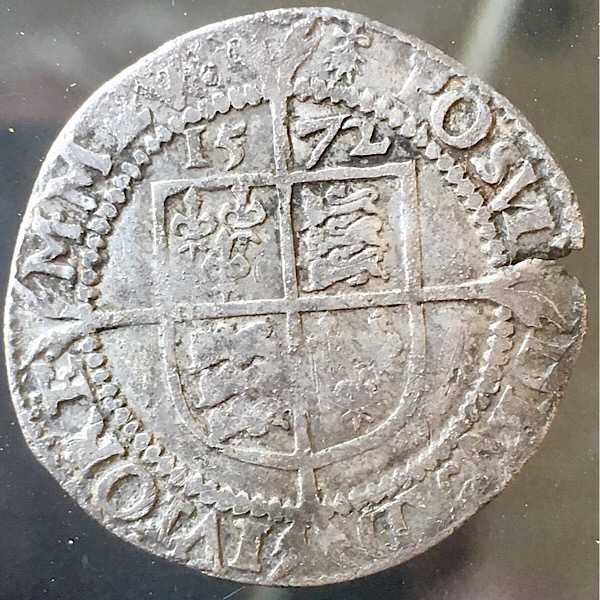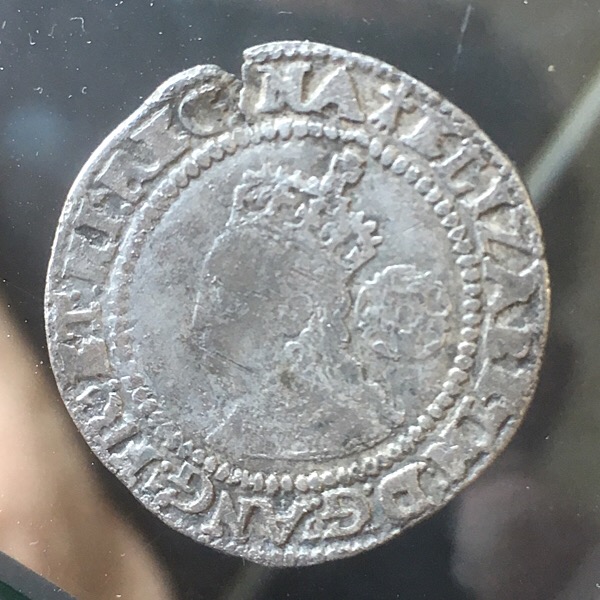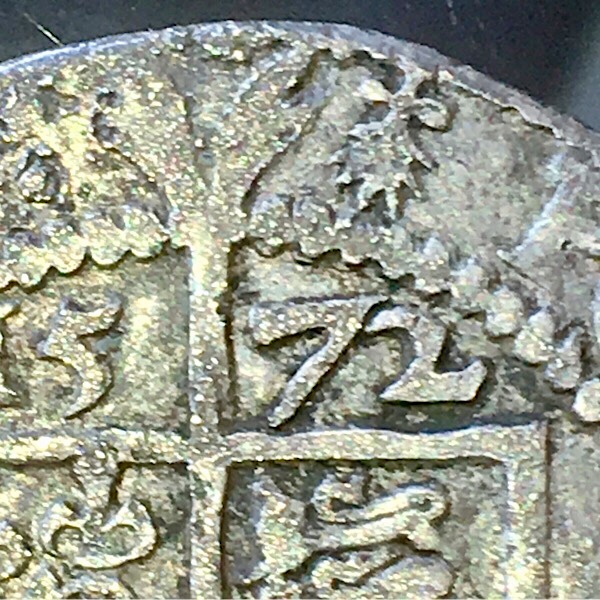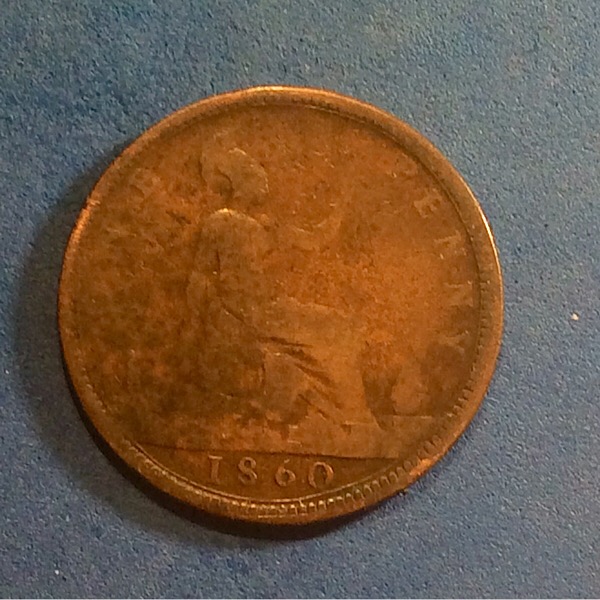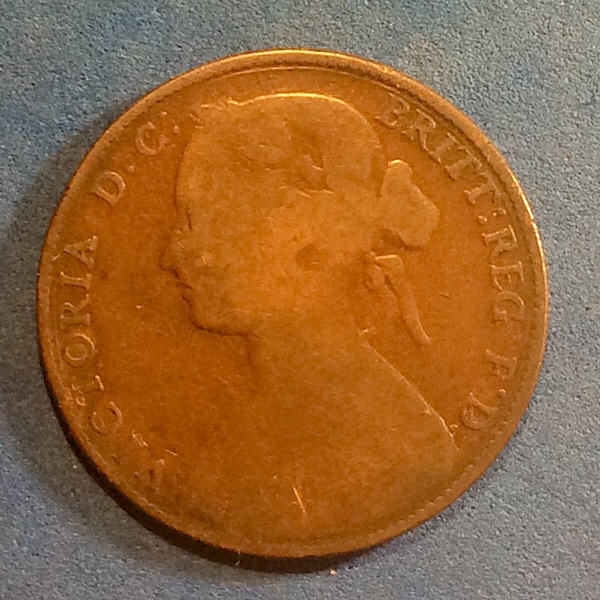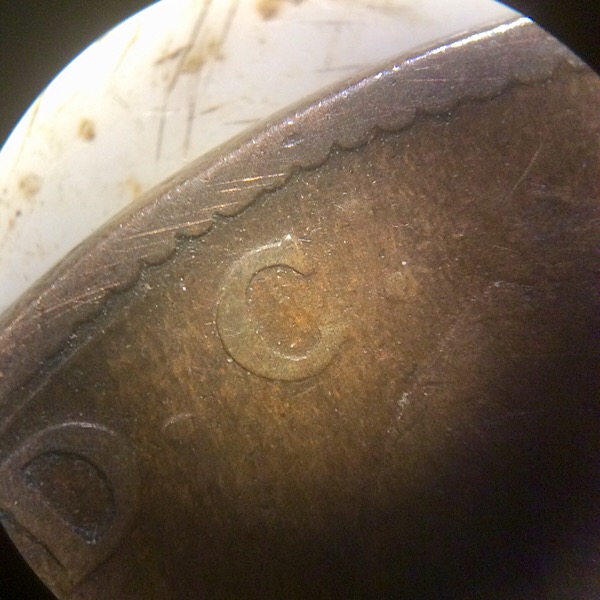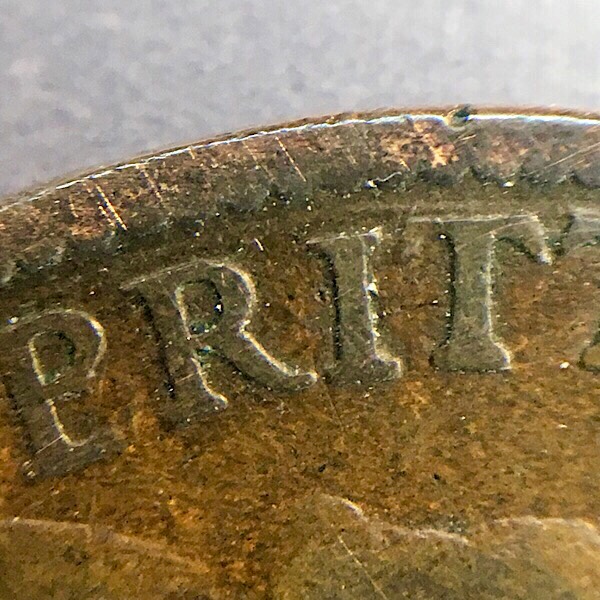-
Posts
173 -
Joined
-
Last visited
-
Days Won
2
Content Type
Profiles
Forums
Events
Downloads
Store
Gallery
Articles
Everything posted by Richard2
-
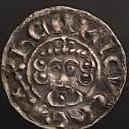
Elizabeth 6d , what’s the privy mark on reverse
Richard2 replied to Richard2's topic in British Hammered
Not so unusual then Michael -

Elizabeth 6d , what’s the privy mark on reverse
Richard2 replied to Richard2's topic in British Hammered
Both of you are probably right, the second picture of yours Stuart ,although a bit blurred ,does look like mine. Maybe another one for Chris Comber to look at. Thanks -
I agree,you guys nailed it. As you say it will be good to get his insight, and he might make me an offer I can’t refuse💰😁
-
After buying BCW ‘s book on the silver coins of Elizabeth I at the tower mint I thought I would go through all my Lizzie coins and try and ID them as per the book. This one had me unsure on the reverse Privy mark. Clear enough Ermine on obverse but the reverse is either a blundered Ermine or an over strike , but I can’t make out of what. Can someone enlighten me please.
-
I went along to the Worthing numismatic society meeting this Thursday as a guest which is pretty local to me, interesting evening with some members displaying their collections of numismatic items of interest. It wasn’t till the end of the evening ,when he had gone,that I found out Chris Comber had been there. I think he’s a life long member. Next month he is giving a talk on the pattern shillings of Elizabeth I at the society ( 3rd Thursday of the month) So this will be the ideal time to take my Lizzie 3d along for him to see. Will update you after. Richard
-
Thanks David, does your catalogue show the 1819 with or without the VI
-
Pretty standard on the early bun heads ?
-
Thanks very much to the both of you for your replies, it will go back in the box for now with a ticket stating probable contemporary forgery
-
Probably not, I’ve been looking on eBay, a few on there ,with one or two 1819’s with the VI after Joannes . Can’t be any profit for the counterfeiters in such a low value coin surely.
-
It is too heavy for my accurate scales so used digital kitchen scales, 40 grams, size was right, although was just using a ruler
-
Hi all, picked this up for next to nothing at my local coin club meet recently. I know it’s pretty rough but I noticed something wrong with the lettering. What do you think Richard
-
No I haven’t checked the weight, will do tomorrow. (What should it be) Doesn’t look or feel like a modern forgery, more likely contemporary, if it is one. I bought it a couple of years ago from a dealer at a local coin and collectors fair.
-
Does look different doesn’t it
-
Hi, thanks , Krause is where I looked. Quite a low mintage at 422,000. So what would be the difference then between km#365 and km#370, apart from date.
-
Hi, can anyone help with the ID of this coin please. My research has only lead me to the 1819 coins of Joannes not having VI after his name and this one clearly does. Thanks in advance, Richard
-
Utter disbelief when I turned the plug of turf over , there it was just looking at me, all of about 2 inches down
-
About time I changed my profile picture. So here is a rather pleasing detecting find I made the other month on a friends permission. Don’t think he was too pleased, although he said otherwise. Treaty period. I’ve since flattened it a little, but there’s a couple of very small bends that might require more experienced hands
-

Coin Weight for Identification please
Richard2 replied to Paddy's topic in British Coin Related Discussions & Enquiries
Cheers, here’s to a bigun -

Coin Weight for Identification please
Richard2 replied to Paddy's topic in British Coin Related Discussions & Enquiries
No, the side depicting the Angel has no B. Is that what your asking? withers is showing weights with a B either next to the S or next to the S for Briot dies and non Briot dies. Work that one out. My head hurts and I need a drink. -

Coin Weight for Identification please
Richard2 replied to Paddy's topic in British Coin Related Discussions & Enquiries
Referring to withers again,” the round weights bearing the portrait and titles of James I were struck after his death in 1632, or later.” It could also be a B next to the S as you pointed out, w960 also has a long serif on the right inner foot of X -

Coin Weight for Identification please
Richard2 replied to Paddy's topic in British Coin Related Discussions & Enquiries
The marks before and between the numerals are lozenge punctuation marks I believe Rob. According to Withers, it’s the second coinage revaluation 1612. He goes on to say that no quarter Angels are known for James I. And it’s probable that the weights were made for weighting the Elizabeth quarter Angel -

Coin Weight for Identification please
Richard2 replied to Paddy's topic in British Coin Related Discussions & Enquiries
Hi Will, yours is a James I quarter angel (2s 9d) . Briot dies again.The B below the denomination is for Briot. The legend will read I R M BRIT . From the Galata book of English coin-weights, yours is I think W765 -

Coin Weight for Identification please
Richard2 replied to Paddy's topic in British Coin Related Discussions & Enquiries
A bit later than that guys. This is a Charles I Angel coin-weight. I’m not sure but think it’s a Briot die . W962. And as Rob said ,price is from about £10-30 -
I haven’t got a price in mind, what are they worth to you
-

